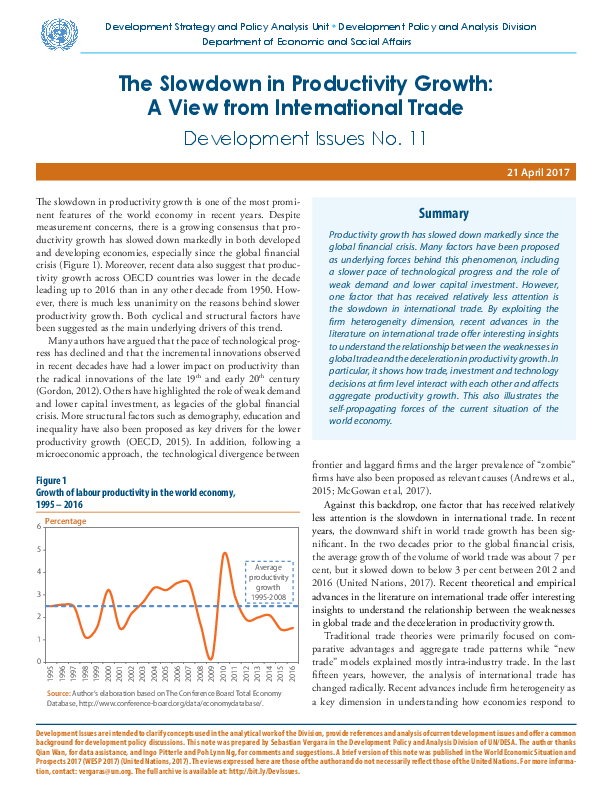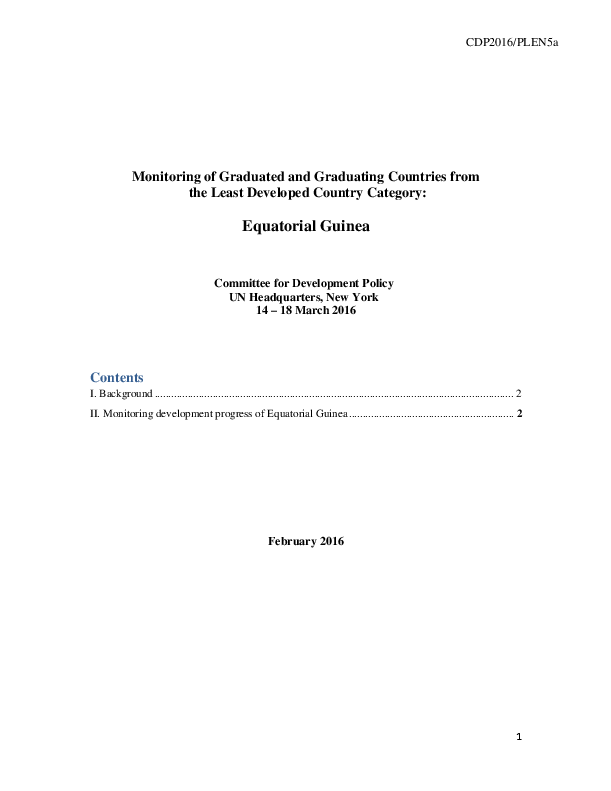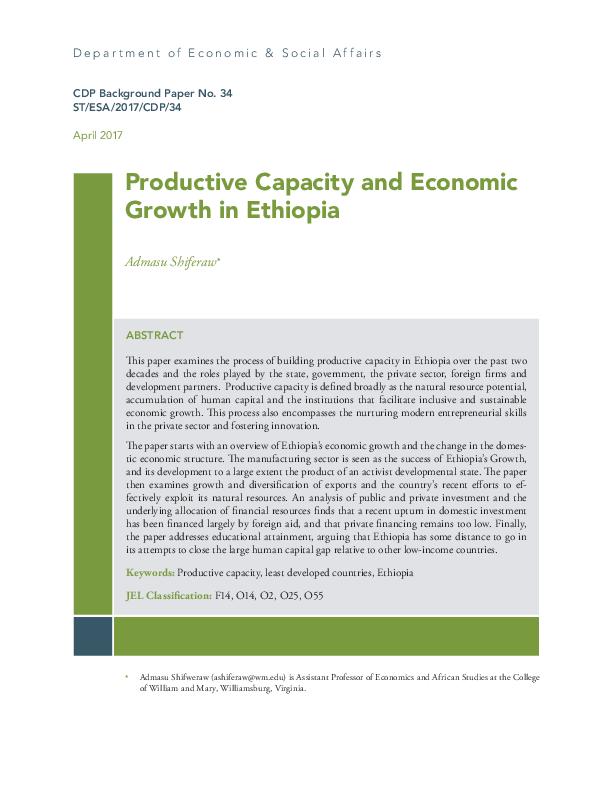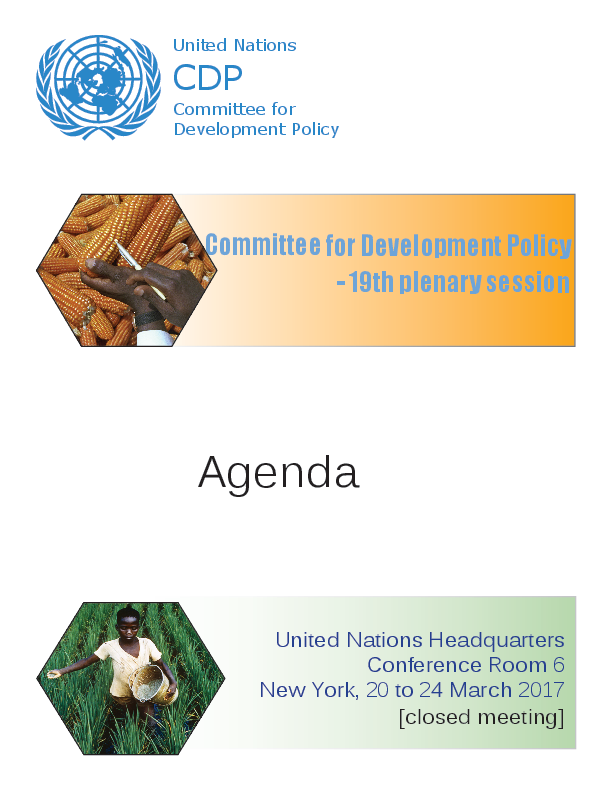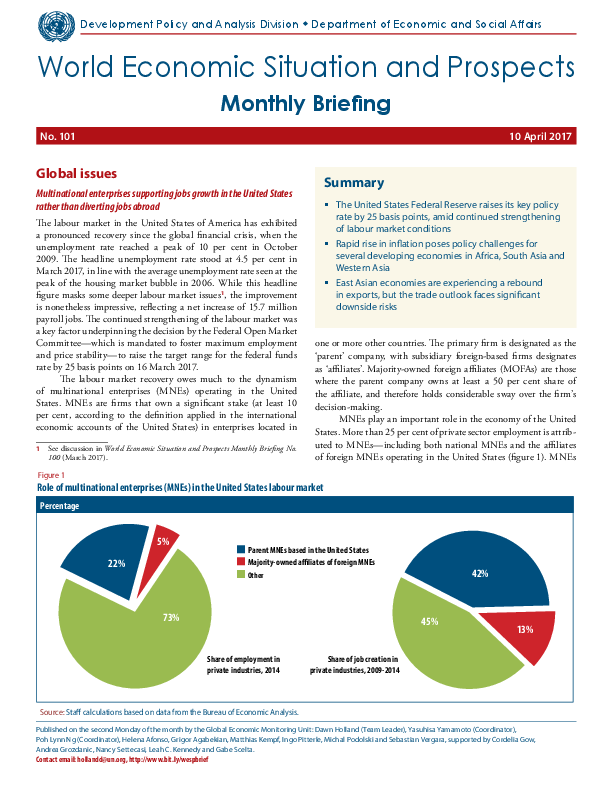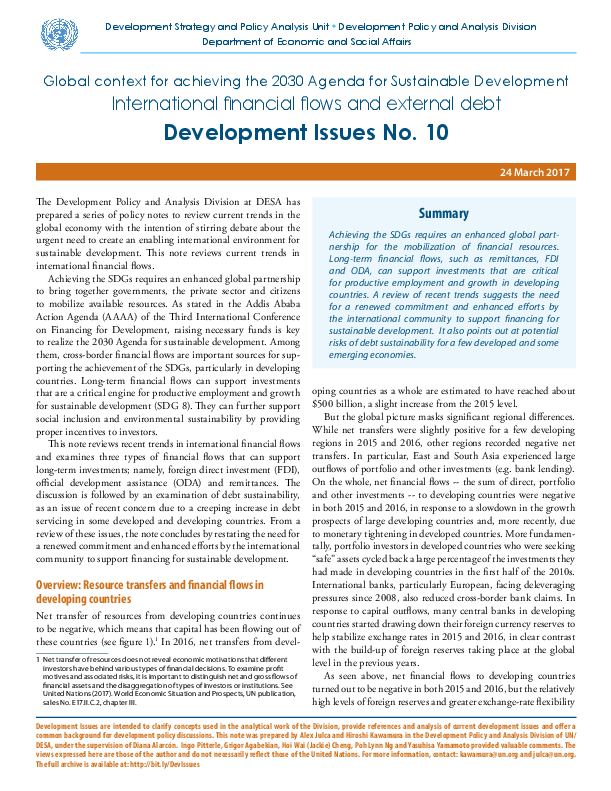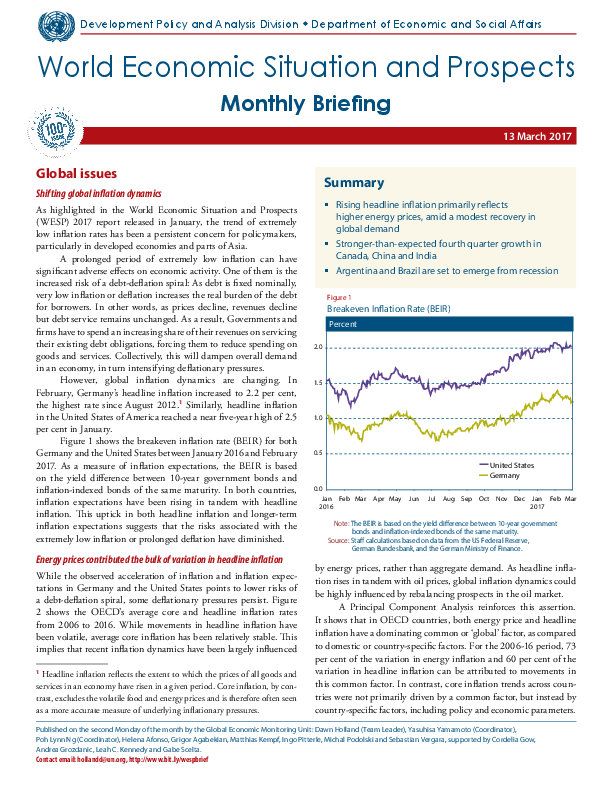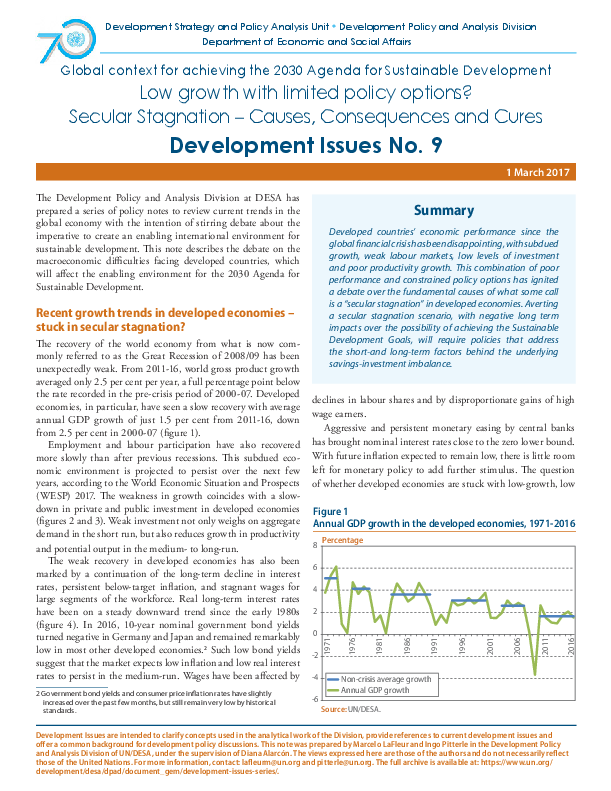Publications
Displaying 431 - 440 of 1106
عربي, 中文, English, Français, Русский, Español CDP excerpts on the report by theme
Lessons learned in developing productive capacities from countries graduating and graduated from the LDC category
Monitoring the development progress of countries that are graduating and have graduated from the list of LDCs
Reasons and consequences of the non-application of the least developed country category by UN development system entities
Total official support for sustainable development ECOSOC resolution (E/RES/2017/33) on the Report of the Committee for Development Policy
عربي, 中文, English,… 2017 CDP Report, ECOSOC and GA Resolutions
Information and documentation for the 19th session of the CDP Plenary Documents Agenda Report of the Committee for Development Policy (E/2017/33, Supplement No. 13)
عربي, 中文, English, Français, Русский, Español Opening statements Statement by Ambassador Cristi?n Barros Melet (Chile), Vice-President of ECOSOC Statement by Assistant Secretary-General Lenni Montiel, UN DESA Presentations Non-application of the LDC category the UN Development System - Teresa Lenzi Update on the LDC graduation platform - Daniel Gay Lessons learned in developing productive capacity - Matthias Bruckner Comprehensive review of the LDC criteria -… CDP Plenary 2017
 Welcome to the United Nations
Welcome to the United Nations
